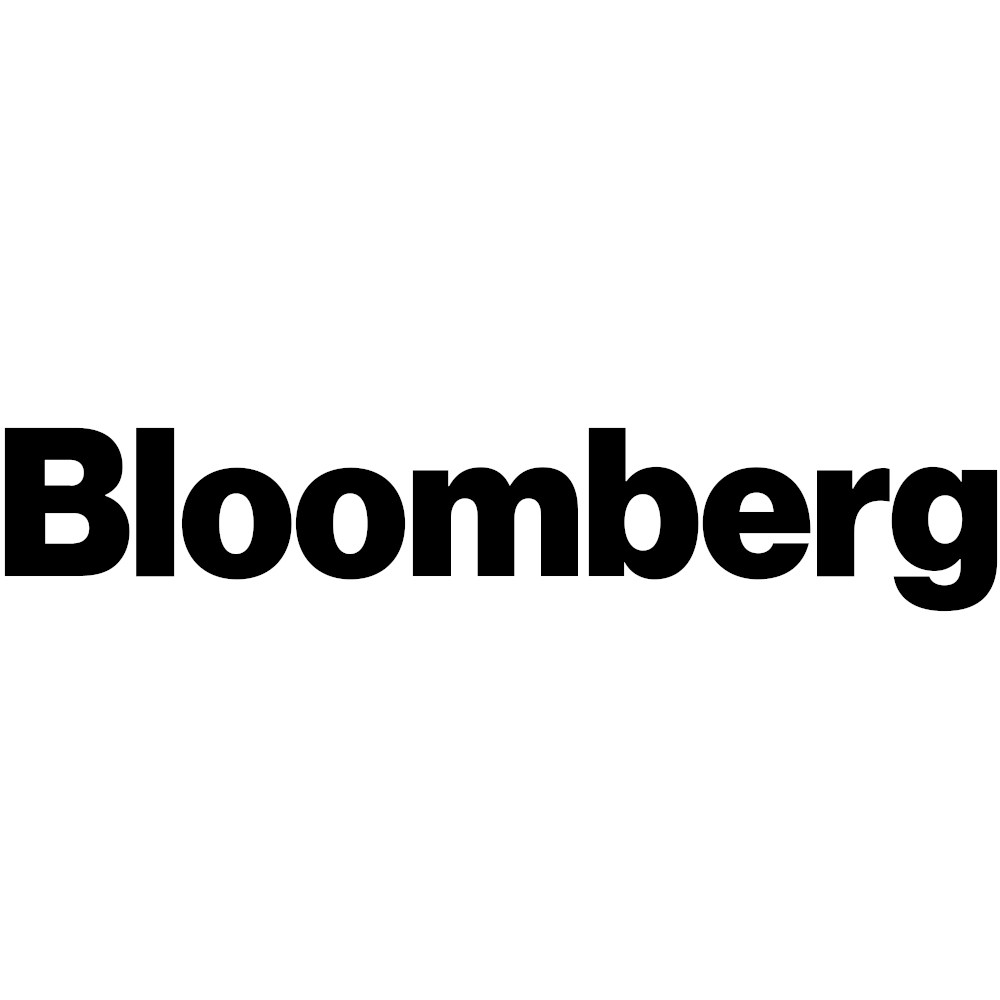Treasury Market Limps Toward End of One of Its Worst Weeks

By: Michael MacKenzie and Edward Bolingbroke
One of the most punishing weeks ever for holders of U.S. Treasuries failed to turn around Friday. Yields remained near the highest levels of the past year for most notes and bonds despite ebbing anxiety about the potential for an emergency rate increase by the Federal Reserve before its March meeting.
The most policy-sensitive yields were spurred to the highest levels in a year Thursday by the hottest inflation data in four decades and calls for the benchmark rate to increase by at least a percentage point by July. Comments by St. Louis Fed President James Bullard, who advocated for an accelerated pace of policy tightening including the first half-percentage point
rise since 2000, unleashed speculation that the central bank might even consider raising rates before its next scheduled policy meeting in March.
Friday brought some initial relief even as traders continued to price in hikes at each of the seven remaining policy meetings this year. The University of Michigan’s gauge of consumer sentiment fell more than expected to a 10-year low. By midday in New York, yields were back to little changed from closing levels Thursday, when the two-year rose 21.4 basis points, its biggest increase a decade and the 10-year exceeded the 2% threshold for the first time since 2019.
“There has been no sign of the Fed pushing back on market pricing in more rate hikes and we are in an upward rate trajectory at the moment,” said Gregory Faranello, Head of U.S. Rates Trading & Strategy for AmeriVet Securities. “The 10-year breaking 2% was symbolic in our view, it can run towards 2.15% as the market is not sure where the terminal funds rate will end up at.”
Still, the fed funds futures market repaired the damage caused Thursday by comments from Bullard, with the February contract back to a price of 99.90, implying a rate of 0.10%. After Bullard’s comments were reported the contract fell to 99.845, pricing in a 30% chance of an inter-meeting hike. Among other considerations, an inter-meeting rate increase would be unusual because the Fed is slated to announce its final monthly schedule for asset purchases at the end of the day, and Fed officials have said rate increases are unlikely until that process concludes.
“The market is leading the Fed, not the other way around,” said John Brady, managing director at R.J. O’Brien, a futures brokerage in Chicago. “The only policy that the Fed will lead the market is on quantitative tightening, roll-off, and the shedding of assets.”
Selling in the long end was driven in part by large block trades and some pullback in curve-flattening trades. “It does make sense to see some steepening after the pronounced flattening we have seen recently,” said Faranello. The 30-year bond yield led the selling, with a rise of 3.5 basis points to 2.34%.
The path of tighter policy and how that drives Treasury yields and the shape of the curve rests primarily with the how quickly inflation pressure fades in the coming months. “I’m not sure inflation peaks in February, March as it does not just reflect supply-chain issues,” said Tracy Chen, portfolio manager at Brandywine Global. “The shortage of labor
is more than a cyclical.”
With the 10-year yield having risen to its average of 2.02% over the past decade, according to Bloomberg, Chen said uncertainty about inflation and the ensuing Fed policy response warranted sticking to the sidelines for now as there remains “a risk of a more disorderly selloff in bonds.”



